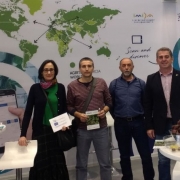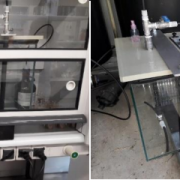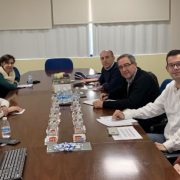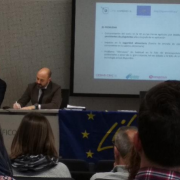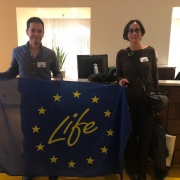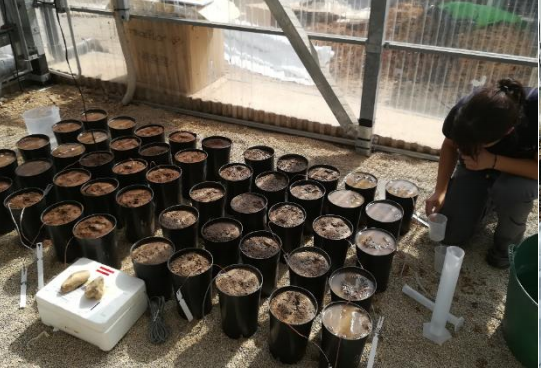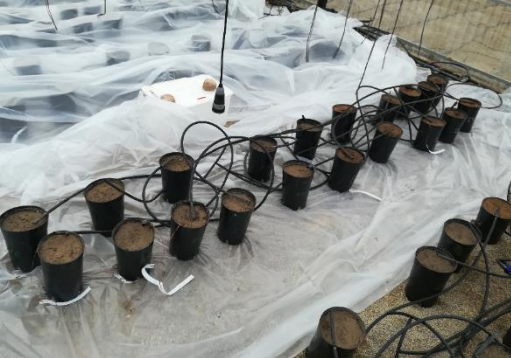CSIC is using different approaches to evaluate the influence of ozone (O3) in the soil microbial quality.
For example, the biomass of the soil microbial communities is analyzed through the extraction and quantification of fatty acids from soil by gas cromatography (Pictures 1). In addition, the activity of microbial communities is measured thorugh different soil enzyme activities, such, urease, alkaline phosphatase and β-glucosidase (Picture 2), which are related to the cycles of nitrogen (N), phosphous (P) and carbon (C) in terrestrial ecosystems, respectively.
The results indicate that ozone may impact in the biomass of the soil microbial community, but also in the activity of soil enzymes. Ozone also enhanced the decomposition of soil organic matter and, hence, increased the content of water-soluble C and N fractions. In some cases, the greater availability of water-soluble compounds in treated samples can be responsible of the reduced enzyme activity by negative feedback mechanisms.
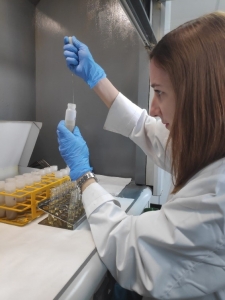
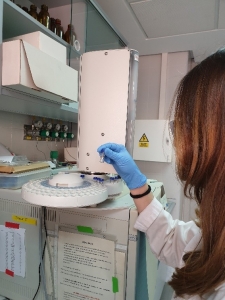
Picture 1. Process of extraction and separation of fatty acids from soil (left panel) and gas gromatograh utilized for measuring microbial fatty acids (right panel).


Picture 2. Examples of some soil samples utilized for analyses in AgRemSO3il (left panel) and colorimetric reaction for measuring soil phosphatase activity (right panel).

